Art World
The Uffizi Gallery’s Treasures Are Now Online—See 5 Masterpieces in New Eye-Popping 3D Detail
Millions of people can now study the museum's remarkable collection online.
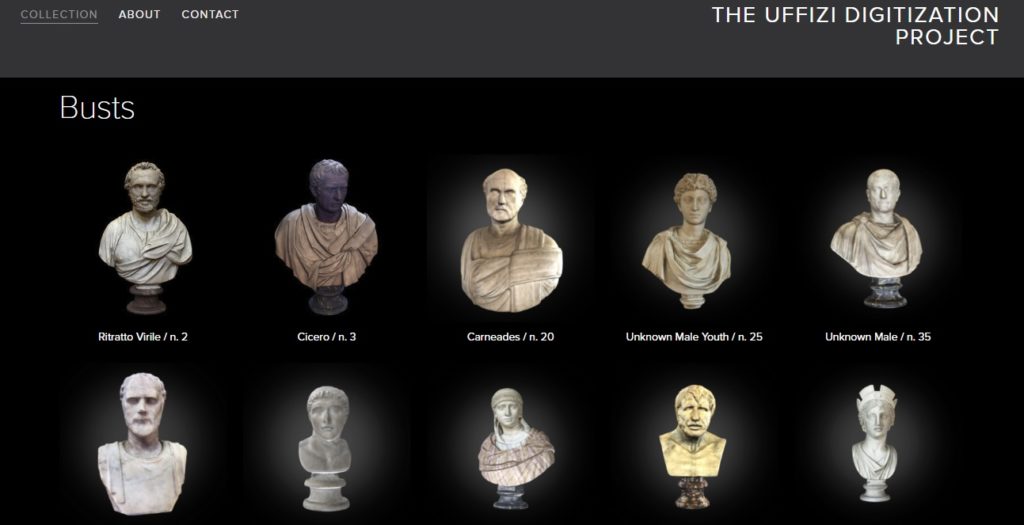
Millions of people can now study the museum's remarkable collection online.

Henri Neuendorf

Old Masters meet high tech in a new collaboration between Indiana University and the Uffizi Gallery that digitizes and catalogues the Florentine museum’s holdings online.
The newly launched website, which was introduced at a ceremony in Florence last Tuesday, allows anyone with internet access to see and study the Uffizi’s world-class collection. Since the project was first announced in 2016, the Indiana University team recorded 3D scans of more than 300 artifacts, fragments, and sculptures under the direction of Indiana University informatics professor and virtual-archaeology expert Bernhard Frischer.
The online works include 61 statues scanned and digitized by Indiana University students at the museum’s warehouse at Villa Corsini, where the Uffizi stores works that aren’t on display in its galleries. The digitization not only makes the Uffizi’s remarkable collection accessible to millions of people, it also provides 3D restoration records for the Italian Ministry of Culture’s internal conservation database.
“As we accomplish the goals set forth in this unprecedented and enormously ambitious project, the unveiling of the new website marks a first major milestone in a collaboration that will generate unparalleled opportunity with scholarly engagement with materials housed in one of the world’s very finest galleries,” Indiana University president Michael A. McRobbie said in a statement.
“I’m very pleased by the progress of our work on this five-year project both in terms of quantity and quality,” Frischer added. “We’re about halfway through the project and are on target to finish the job, as foreseen, in 2020.”
Below are some of the highlights from the collection that can now be studied online in all their vivid, three-dimensional glory.
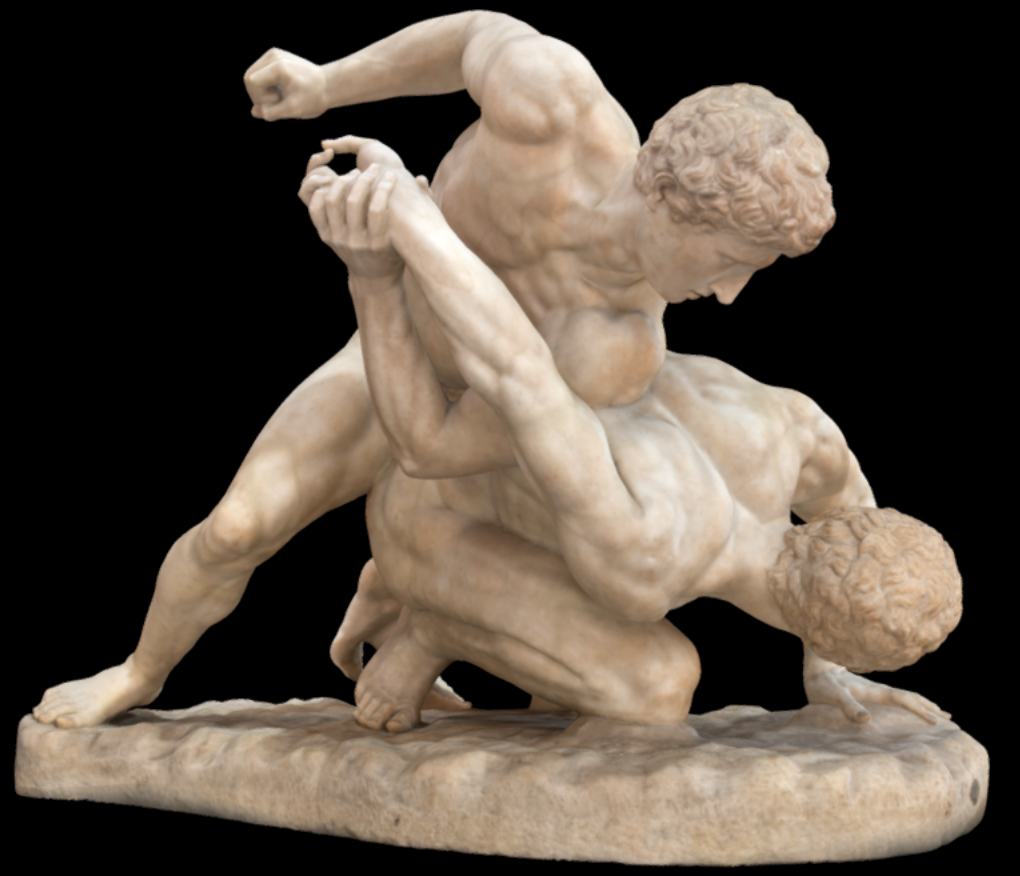
Photo: The Uffizi Digitization Project.
The Roman marble sculpture of two young men competing a wrestling match is considered to be the best-quality example of a Roman copy of a hellenistic bronze.
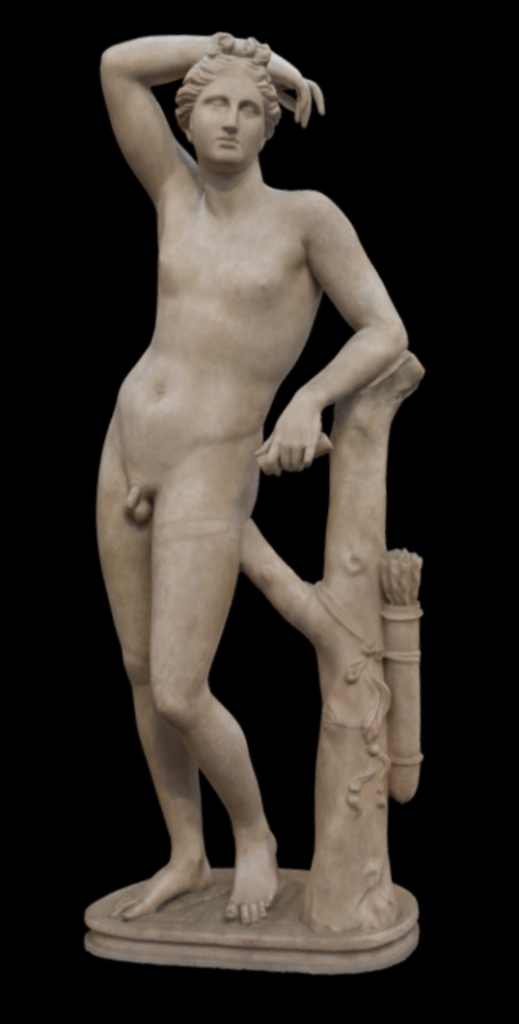
Photo: The Uffizi Digitization Project.
Also known as the “Medici Apollo,” this Roman marble sculpture of the adolescent deity Apollo was part of the illustrious Borghese collection and later decorated the Roman residence of Cosimo III de Medici, the Grand Duke of Tuscany. It is one of the most-copied Roman marbles due to its refined proportions and expressiveness.
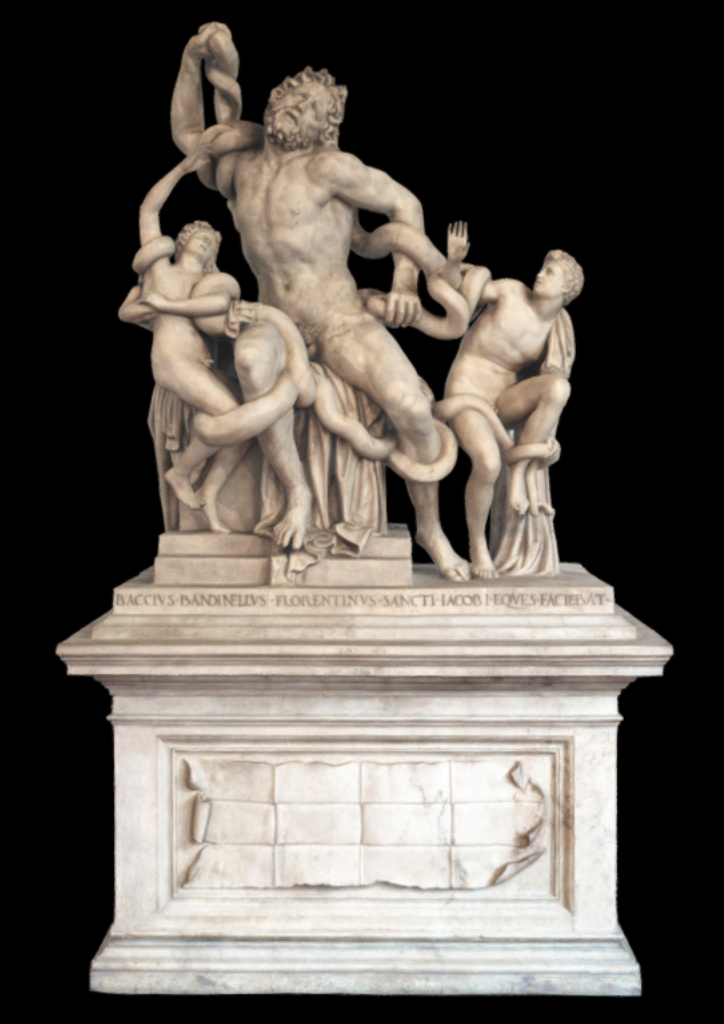
Photo: The Uffizi Digitization Project.
One of the most famous sculptures in the Uffizi’s collection, Baccio Bandinelli’s rendition of the doomed Laocoön and his sons stands out for the master craftsman’s expert handling of material, demonstrated by the subject’s uncanny sense of movement. The statue was commissioned by Pope Leo X as a gift to King Francis I of France, making it a prime example of the classic Renaissance-art playbook: a powerful patron commissions a master sculptor to create an updated version of a well-known sculptural theme for a contemporary audience.
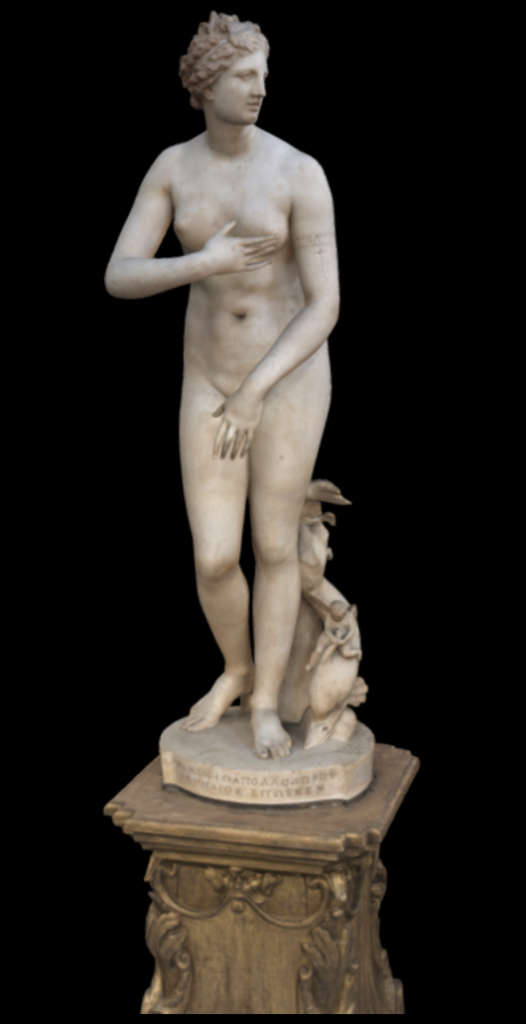
Photo: The Uffizi Digitization Project.
The Hellenistic marble sculpture, probably a copy of a bronze statue of the Greek deity, has become a reference point for the progression of the Western artistic tradition. It depicts Venus in a state of surprise, reacting to something around her, perhaps the dolphin that emerges beside her at her feet.
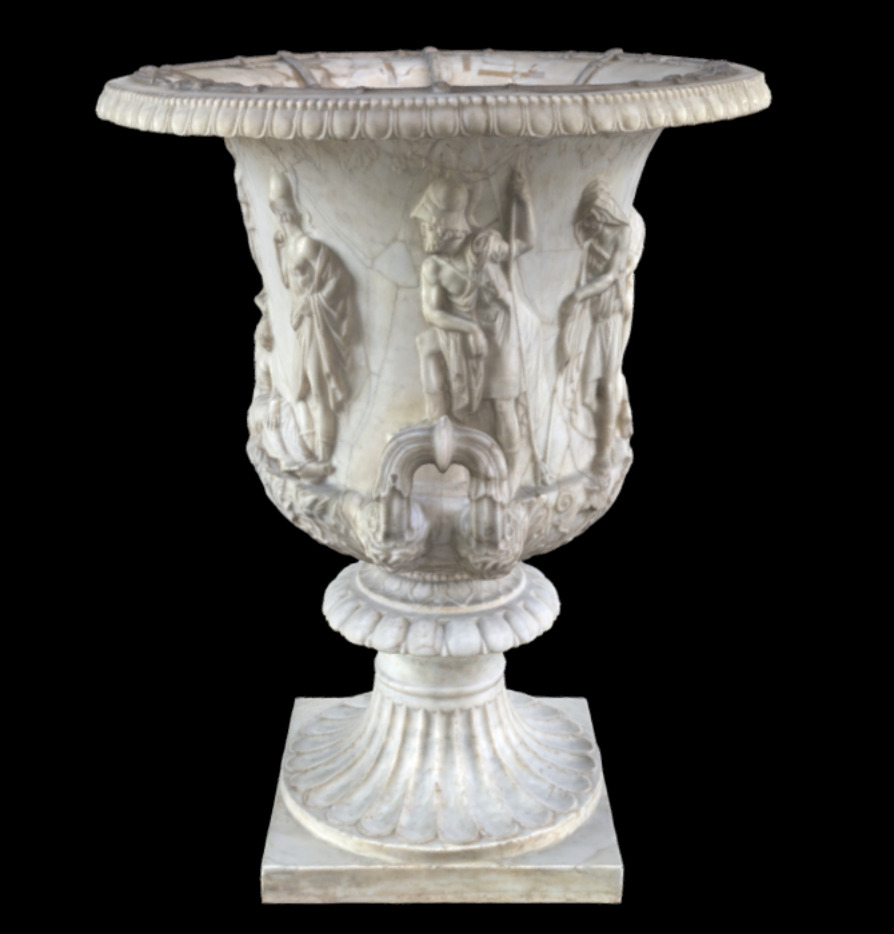
Photo: The Uffizi Digitization Project.
Standing at over five feet tall, this monumental vase sculpted in Athens in the second half of the 1st century AD. A host of Greek deities adorn its sides, including the half-draped Iphigenia seated below Diana, and two warriors standing either side of her, possibly Agamemnon and either Achilles or Odysseus. As its name suggests, the piece decorated the gardens at the Villa Medici. In ancient times it would have required immense skill to carve an intricately decorated vase at this scale without compromising its stability.